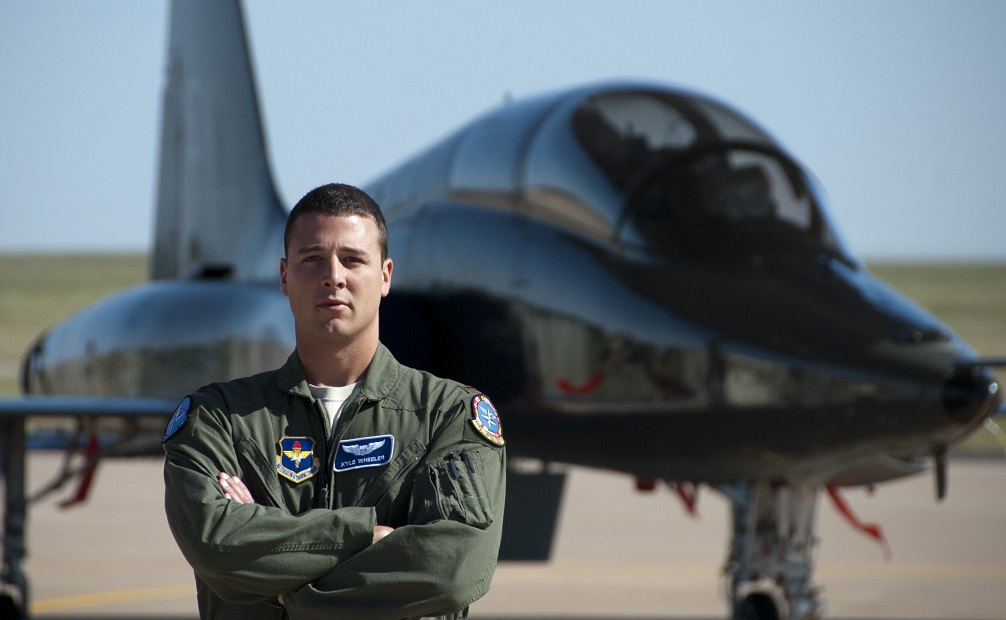This post is also available in:
 עברית (Hebrew)
עברית (Hebrew)
The US Air Force is looking for new and unexpected skills when recruiting the airmen of the future, in anticipation of the ways artificial intelligence will change the nature of air war. The ideal airman of the future will be highly competent in programming, signals intelligence, or some other core technological capability and isn’t afraid to break things.
Chief Master Sgt. Mark Allen, the service’s senior enlisted adviser for intelligence, surveillance and reconnaissance, said: “If I have an airman coming in that has a computer engineering degree, or has machine language capability, or has some other type of experience, we have to make sure that we are identifying that and that we are purposely placing that airman in something where we can benefit off of that.” Allen added that recruiters were also increasingly looking for language proficiency and cryptography skills.
He said that re-examination will go both ways. As the Air Force looks to recruit programmers, they’ll also do more continuous evaluation on current airmen, to make sure that the fit is still good.
According to defenseone.com, that’s all linked to how the Air Force expects artificial intelligence to change core aspects of intelligence and reconnaissance. For instance, airmen traditionally spend a lot of time on processing, exploitation, and dissemination, or PED. Those tasks will increasingly go to machines. Airmen’s future holds less PED and more SIAS: “sense, identify, attribute, share.”
Machine intelligence is going to remove the airmen from actually identifying objects.
A lot of that sensing, attributing, and sharing will happen through innovative use of digital tools and, in many cases, customizing open-source or consumer software.
The air force is looking for new ideas. “We’ve met airmen who have coded and developed tools to streamline collection between various platforms,” said Lt. Gen. VeraLinn “Crash” Jamieson, deputy chief of staff for intelligence, surveillance and reconnaissance. “Airmen at the 480th ISR wing realized that the software in their favorite video game… allowed for coordination between approximately 55 users in real time. The software that they were using could be used for training. We have a weapons system, a [distributed common ground weapon system] and we have no trainer for that weapons system… The weapons system is called the Sentinel. These airmen went, ‘Oh my gosh, this video game could be used to train us.’ The team built their own version called Sentinel Sim with a handful of computers and $60 worth of additional expenses. If we had put that out [with a formal call to industry] it probably would have cost millions to institutionalize,” she said. “This is what I’m talking about when I say we have to have a paradigm shift.”


























